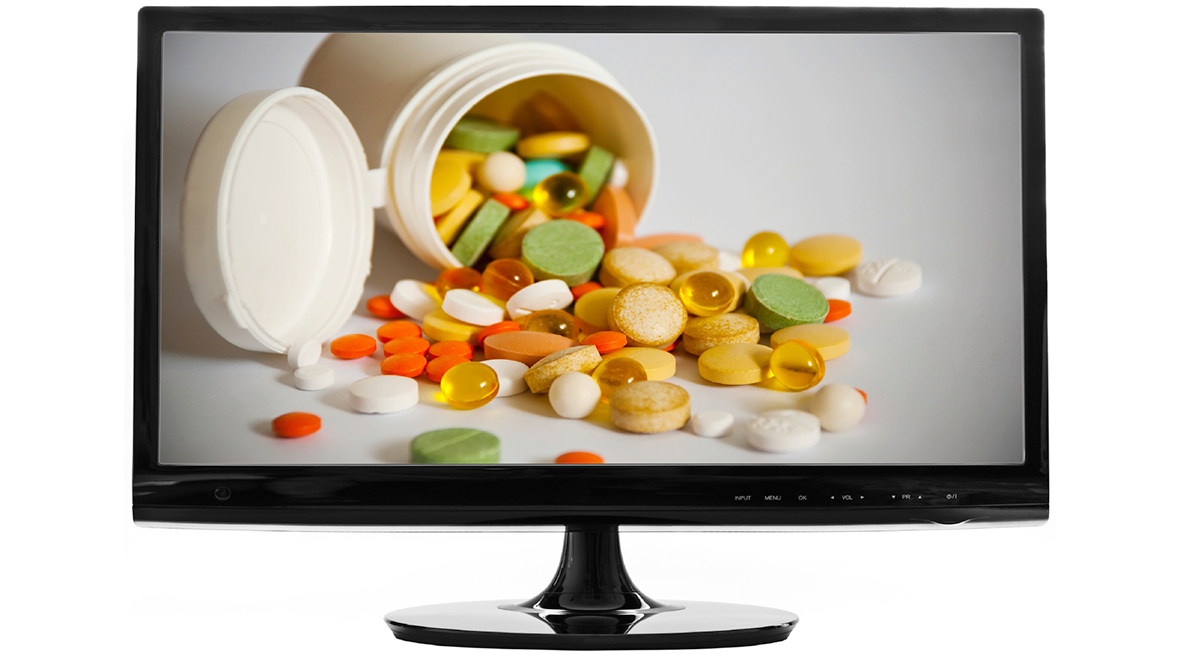A recent Accenture report found that patients in the United States are increasingly accessing their electronic health records (EHRs), with rates rising from 27% in 2014 to 45% in 2016. Most patients (92%) reported that they should have full access to their medical records, whereas only 18% of physicians shared this belief.
TVs to the Rescue?
What if, instead of providing patients with access to their medical records before or after their appointment, physicians were able to share it with them in real-time during their encounter with the patient?
Leveraging modern technology, physicians can change their point-of-care delivery model by sharing their screen with patients. It doesn’t require a major investment. With an HDMI cable and remote access, physicians can connect their laptop computer to a TV in order to project their patients’ records, thereby boosting engagement with patients. Doing this can also help physicians and patients identify potential inaccuracies in medical records, which in turn could improve overall patient care.
Displaying a patient’s EHR on the big screen can help break down walls between physicians and patients by enabling them to interact face-to-face. A side effect of this could be increased patient trust in their physicians. In addition, when showing patients their BMI, blood pressure levels, and lab results graphed out over time, trending is instantaneously realized by both physician and patient. Furthermore, sharing other health characteristics on a large-screen TV may help patients feel empowered and involved in their care.
Implementing the Approach
One key element for physicians and practices implementing this type of approach is a user-friendly, intuitive EHR system. A difficult-to-navigate EHR system can slow down service, making it hard for physicians to help patients comprehend their records. A problem-oriented medical record is ideal because it orients data around patients’ problems in a table-of-contents format making it easy for both physicians and patients to follow and understand.
When physicians and patients view the same easy-to-understand screen during appointments, each of them can dig into the information and analyze the data together. Physicians can also adjust documentation if any changes are necessary. Patients become engaged in the process and help physicians oversee their notes. Patients can also provide doctors with real-time updates or changes to their medical history, vaccinations, allergies, and more.
Cost Benefits & More of EHR Visualization
Physicians on a budget can cut the costs of having a desktop in each room by working on a laptop throughout the day and using a security-enabled remote access application to retrieve patient records. The application can connect via secure encrypted means to an office dual-monitored desktop computer. The dual-monitored office desktop accesses patient data by the secure, protected environment of a cloud-based EHR. The security-enabled remote access supports dual-monitor function so that the laptop simulates the office desktop, meaning X-ray images or EHRs can be shown by toggling back and forth on the touchpad of the laptop.
The trend of consumerization of healthcare continues to grow. With this trend, patients are increasingly interested in obtaining more access to their health records while at their physician’s office. In order to thrive in the era of value-based care, physicians can easily meet this need by investing in EHR visualization and giving their patients access to records in real-time.
The strategy of sharing data on TV screens with patients during their visit has the power to transform healthcare and become a standard practice. This cost-effective solution can keep patients engaged during their visits while improving the accuracy of their records and care.



 PWeekly
PWeekly